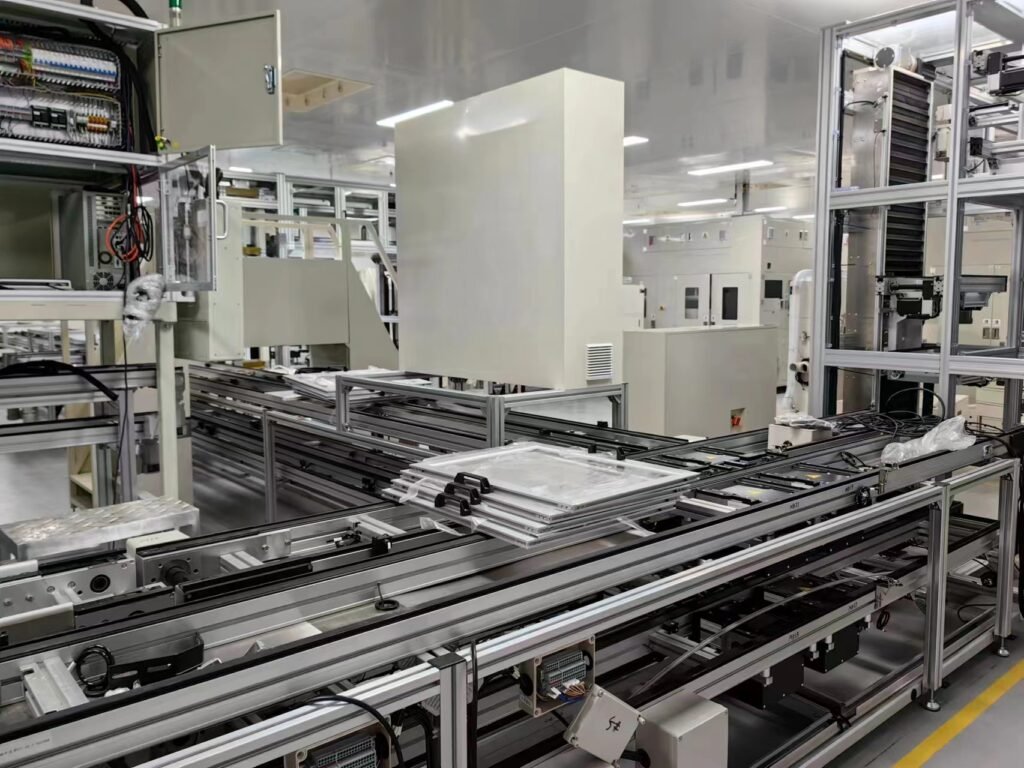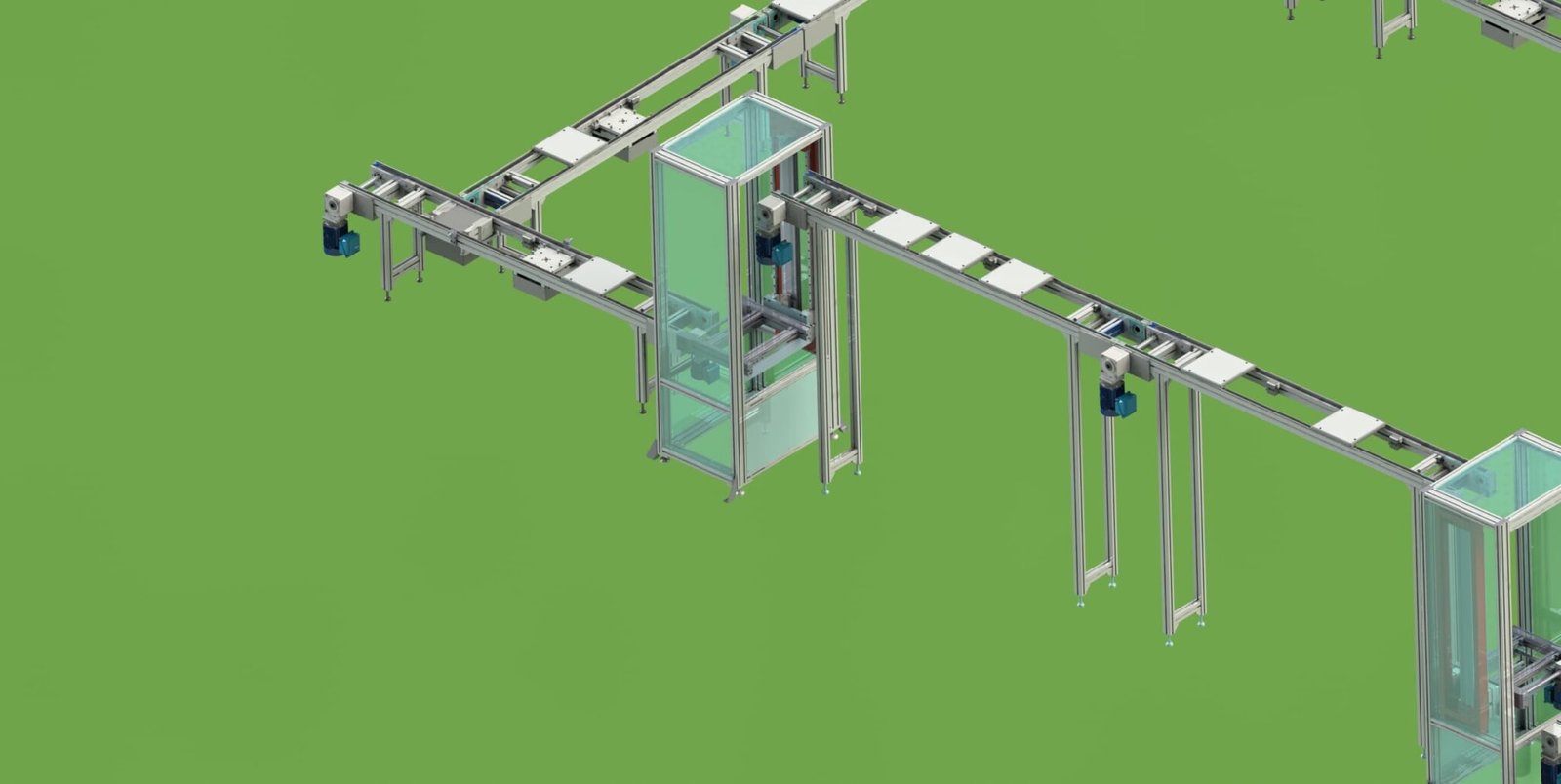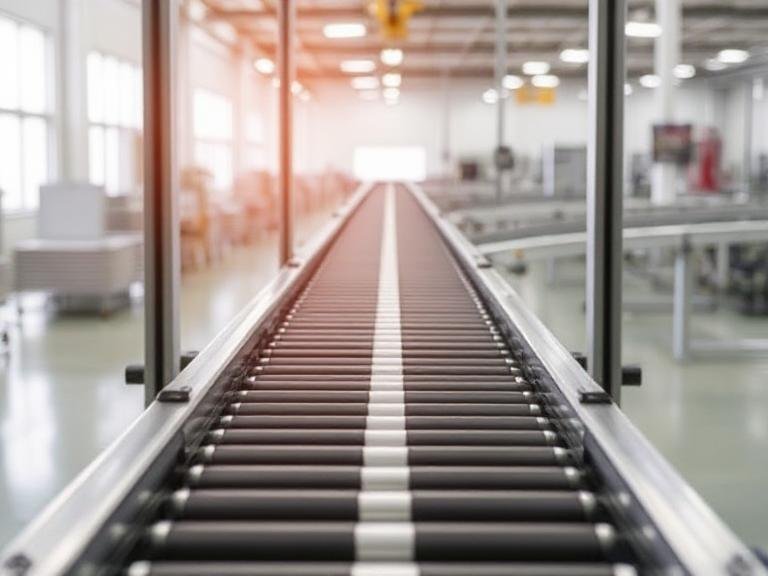목차
- Introduction to Material Handling in Construction
- Importance of Material Handling Equipment in Construction
- Types of Material Handling Equipment Used in Construction
- 1. 공중(수직) 컨베이어 시스템
- 2. 수평 순환 컨베이어 시스템
- 3. 다단계 컨베이어 시스템
- 4. 나란히 배치된 컨베이어 시스템
- 5. Cranes
- 6. Forklifts
- 7. Hoists
- 8. Wheelbarrows
- Choosing the Right Material Handling Equipment
- Benefits of Using Material Handling Equipment
- 자주 묻는 질문(FAQ)
- 결론
Introduction to Material Handling in Construction
자재 취급 is a crucial aspect of any construction project. It involves the movement, storage, protection, and control of materials and products throughout the construction process. Efficient material handling ensures that materials are available at the right place and at the right time, minimizing delays and maximizing productivity.
In the construction industry, the right equipment can make a significant difference in reducing labor costs, enhancing safety, and improving the overall efficiency of the project. Various types of material handling equipment are used depending on the materials being moved, the scale of the project, and the worksite conditions.
This guide provides a detailed overview of the types of material handling equipment commonly used in construction. We will also explore the importance of these tools and how to choose the right equipment for your construction needs.
Importance of Material Handling Equipment in Construction
Material handling is not just about transporting materials—it’s about ensuring that the right equipment is used to enhance efficiency, safety, and productivity on the job site. Some of the primary reasons material handling equipment is essential in construction include:
- 효율성: Material handling equipment reduces the need for manual labor and allows materials to be moved quickly and easily.
- 안전: Proper equipment helps to avoid accidents, especially when handling heavy or hazardous materials.
- Cost-effectiveness: By streamlining processes and reducing the need for labor, construction projects can be completed on time and within budget.
- 다용도성: Various types of equipment are designed to handle different materials and tasks, making it easy to customize the setup for specific project requirements.
Types of Material Handling Equipment Used in Construction
There are many types of material handling equipment used in construction, each designed for a specific function. Below are the eight most common types:
1. 공중(수직) 컨베이어 시스템

Aerial conveyor systems are used to transport materials vertically between different levels of a construction site. These systems are particularly useful in tall buildings and high-rise construction projects. They are designed to move materials upwards without the need for cranes or manual labor.
- Benefits:
- Saves space on the ground level
- Can carry heavy loads across multiple floors
- Reduces the risk of injury associated with manual lifting
- 애플리케이션:
- High-rise building construction
- Moving materials between upper and lower levels
Vitrans Aerial Conveyor Systems offer a reliable solution for construction sites, providing efficient and safe vertical material transport. Their systems are engineered for heavy-duty use and can handle bulk materials like cement, gravel, and more.
2. 수평 순환 컨베이어 시스템

수평 순환 컨베이어 시스템 are designed to move materials across flat, horizontal surfaces. These systems are commonly used in construction sites to move materials from one place to another quickly and efficiently.
- Benefits:
- Increases speed of material transport
- Reduces manual labor
- Easy to set up and operate
- 애플리케이션:
- Transporting construction materials like bricks, tiles, and sand
- Used in areas where horizontal space is available
Vitrans Horizontal Circulate Conveyor Systems are durable and designed for industrial-scale use. They can transport large quantities of materials across long distances and are perfect for construction sites where continuous material flow is required.
3. 다단계 컨베이어 시스템

다단계 컨베이어 시스템 are similar to aerial systems but with the added benefit of functioning across multiple levels on a single platform. These systems are typically used when materials need to be transported over long distances, either vertically or horizontally, within a building.
- Benefits:
- Optimizes space utilization
- Allows for integration with other equipment
- Perfect for handling a variety of materials
- 애플리케이션:
- Large-scale construction sites with multiple floors
- Warehouses, factories, and distribution centers
Vitrans Multi-Level Conveyor Systems are perfect for moving bulk materials between different levels on large projects, providing efficient vertical and horizontal transportation.
4. 나란히 배치된 컨베이어 시스템

나란히 배치된 컨베이어 work by placing two or more conveyor belts parallel to each other, allowing for efficient material transport in multiple directions. These systems are often used in warehouses, factories, and construction sites where materials need to be moved to specific locations in different zones.
- Benefits:
- Increased flexibility in material transport
- Allows simultaneous transport of different materials
- Reduces bottlenecks on the construction site
- 애플리케이션:
- Moving materials between different production areas
- Construction sites with multiple tasks requiring simultaneous material movement
Vitrans Side-by-Side Conveying Systems offer customizable setups to meet the specific needs of your project, ensuring that material flow is efficient and uninterrupted.
5. Cranes
Cranes are one of the most commonly used pieces of material handling equipment in the construction industry. They are used to lift and move heavy materials, such as steel beams, concrete blocks, and large machinery, across a construction site.
- Benefits:
- Can lift extremely heavy loads
- Highly versatile for different construction tasks
- Can be used for both vertical and horizontal material movement
- 애플리케이션:
- Lifting and placing materials at great heights
- Moving heavy construction equipment
- Used in high-rise and large-scale construction projects
6. Forklifts
Forklifts are widely used to move materials short distances around a construction site. These machines are equipped with forks that can lift materials off the ground, making them ideal for transporting pallets and other bulk items.
- Benefits:
- Quick and efficient for moving materials
- Can handle heavy loads with ease
- Versatile for use in narrow spaces
- 애플리케이션:
- Moving construction materials from storage areas to working zones
- Loading and unloading materials from trucks
7. Hoists
Hoists are similar to cranes but are typically smaller and used to lift materials vertically. They are often used for lifting construction tools, equipment, and small materials up to different levels on a construction site.
- Benefits:
- Ideal for lifting materials to higher floors
- Space-efficient for smaller sites
- Can lift relatively heavy loads
- 애플리케이션:
- Moving smaller materials such as tools, construction parts, and equipment
8. Wheelbarrows
Wheelbarrows are the simplest yet most versatile material handling equipment used in construction. They are perfect for moving smaller loads of materials like soil, cement, or sand.
- Benefits:
- Inexpensive and easy to use
- Flexible for use in confined spaces
- Great for transporting small to medium-sized loads
- 애플리케이션:
- Transporting building materials across the site
- Ideal for rough terrains and smaller tasks
Choosing the Right Material Handling Equipment
Choosing the right material handling equipment depends on several factors:
- Type of Material: Different materials require different handling solutions. For example, heavy materials may require cranes, while lighter materials may only need wheelbarrows or forklifts.
- Site Layout: The design and size of your construction site will dictate the type of equipment you need. Larger, multi-level sites may benefit from conveyors, while smaller, flatter sites might rely on forklifts and wheelbarrows.
- Project Size and Duration: For larger, long-term projects, investing in high-capacity machinery like cranes or conveyor systems can increase efficiency and reduce labor costs.
Benefits of Using Material Handling Equipment
- 효율성 향상: Equipment like conveyors, forklifts, and cranes dramatically reduce the time required to move materials, allowing construction projects to stay on schedule.
- 향상된 안전성: Using the right equipment reduces the risk of injury associated with manual handling and lifting.
- 비용 절감: Automation and equipment reduce the need for manual labor, helping to lower labor costs in the long run.
- Enhanced Accuracy: Machines handle materials more precisely, reducing the likelihood of mistakes and damage to materials.
자주 묻는 질문(FAQ)
1. What is the most common material handling equipment used in construction?
The most common equipment used in construction includes cranes, forklifts, hoists및 컨베이어 시스템. The specific equipment chosen depends on the project size and material types.
2. Are conveyors better than cranes for construction material handling?
It depends on the project. Conveyors are ideal for moving bulk materials over long distances and across different levels, while cranes are better for lifting heavy loads vertically, especially in high-rise construction.
3. How do I choose the right material handling equipment?
When selecting equipment, consider factors such as the type of materials, site layout, project duration및 비용. Consulting with an expert can help you choose the best equipment for your needs.
결론
Material handling is an essential part of any construction project, and choosing the right equipment can significantly improve project efficiency, safety, and cost-effectiveness. Whether you’re using Vitrans’ conveyor systems or traditional tools like forklifts and cranes, each piece of equipment plays a vital role in ensuring smooth operations on the construction site. By understanding the different types of equipment available and their applications, you can optimize your material handling process for success.




